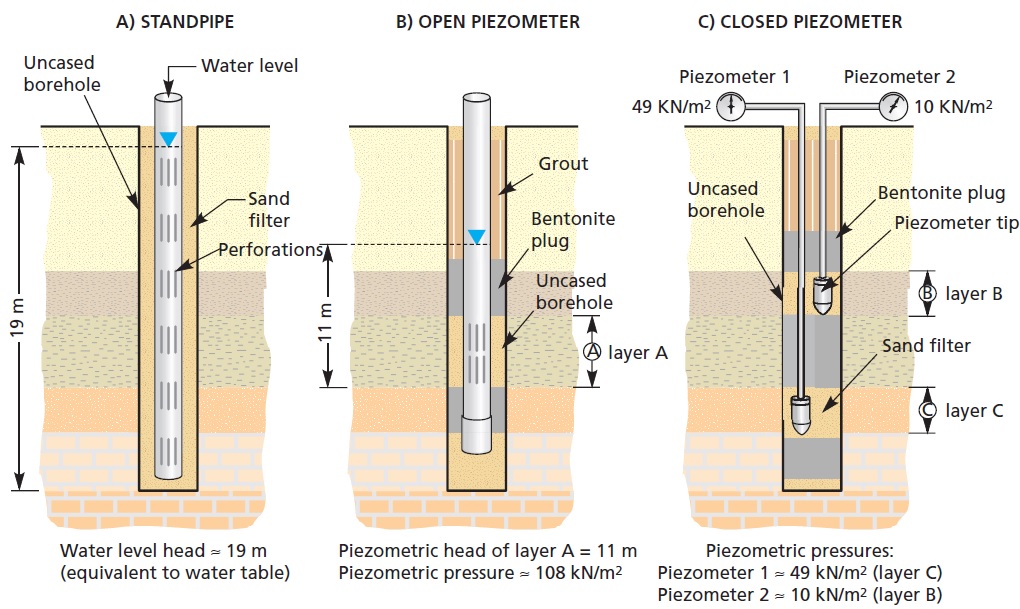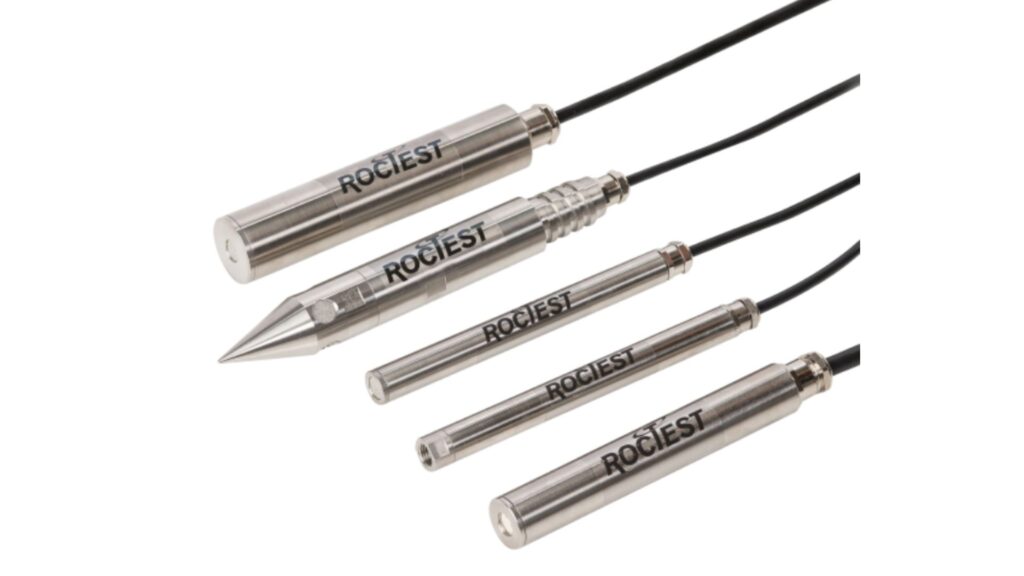Pore pressure and water level measurements

Introduction
In the realm of geotechnical and environmental engineering, the accurate measurement of pore pressure and water levels is of paramount importance. These measurements provide crucial insights into the behavior of soils, rocks, and groundwater, enabling engineers and scientists to make informed decisions in construction, mining, and environmental management projects. This article delves into the significance of pore pressure and water level measurements, exploring various measurement techniques and their applications.
Understanding Pore Pressure and Water Levels
Pore pressure refers to the pressure exerted by fluids within the pores of a geological formation, such as soil or rock. This pressure is influenced by factors such as the weight of overlying material, groundwater levels. Water levels, on the other hand, denote the height of the water table or the elevation of groundwater within a well or borehole. Monitoring both pore pressure and water levels can provide valuable insights into the stability of slopes, the potential for landslides, groundwater contamination, and more.
Standpipes
A standpipe is a perforated pipe open at both ends, that can be inserted to the whole depth of a borehole or to shallower depths if the remainder of the borehole is to be sealed on completion (Figure 1A). The water level is measured, generally several hours after the borehole has been completed and then over a period of days or even longer. This measurement of water levels carried out both during and after drilling, provides essential information on the type of aquifer, and related hydrogeological and geotechnical conditions.
Standpipes create a zone of vertical hydraulic continuity in layered ground where such continuity does not exist naturally. The water level recorded, especially in deep standpipes, might be some unknown sum of the piezometric pressures encountered along the length of the hole. These conditions must be taken into account to avoid misinterpretations of the water table and piezometric heads.
Open piezometers
A section of borehole is isolated with bentonite plugs and a perforated pipe open at the top is installed in the isolated section to measure the water height, or piezometric head, corresponding to that section (Figure 1B). In the Casagrande type, a porous tip is embedded in sand or gravel at the pressure measurement level.
Closed piezometers
A sensing system or transducer is installed at a point previously isolated inside the borehole. From here, pore pressures are transmitted to a data reading device outside the borehole (Figure 1C).

There are three types of transducers: pneumatic, electrical resistance or vibrating wire (Figure 2). Pneumatic transducers are installed between the sensor and the data reading device and are appropriate for distances of less than 200 m when automatic measurements are not required. The precision of electrical resistance transducers is lost with temperature variations. Transducers with a vibrating wire allow the signal to be transmitted as far as 1000 m without any loss of precision.

Because their response time is short, these piezometers are used on low permeability ground. They allow pore pressure readings to be taken in various sections or at different levels in the same borehole, and have the advantage of being less affected by possible ground movements. However they are more expensive than open stand pipe piezometers.
